urban space and
embodied experiences
Body memory, sensorial perception and performance in the mapping of the emotional dimension of space
Body, identity and community in the redefinition of a multicultural urban landscape heritage
key-topics
Multiculturality
Our global cities integrate super-diverse immigrated communities and cultural diversity. Without social inclusion, dialogue and active participation of the different ethnical and cultural groups, we might not achieve a sustainable cultural evolution of the urban space.
Mobility paradigm and tourism
The acceleration of social mobility transforms space and culture into a temporal consumer good. The sense of attachment and belonging to space is not durable due to short-term fluctuating populations (temporary residents and tourists) in a constant state of displacement. The mobility paradigm implies the reformulation of the role of the body in space.
Urban landscape heritage
We understand the urban landscape heritage in its intangible dimension as a social participative construct. We consider that sensorial embodied experiences, memories and emotions configure a universe of spaces of representation that enrich the cultural images and historical symbols attached to the values of the urban space.
Identity and community
The identity of our urban spaces is changing and evolving at the speed of social and physical changes. The constant reformulation and re-invention of the urban identity requires the capacity and sensitivity of its residents to identify and emotionally re-appropriate the urban space in constant transformation. The responsibility of the communities is to re-define new urban identities.
Body and performative studies
A performance-based research produces knowledge through body experimentation and practice. It also generates a platform for learning and gathering empirical and experiential information. Performance is an epistemological entity in itself because every bodily event transmits social knowledge, memory and identity. This knowledge is not discursive and textual but one of corporeal understandings codified through affective and bodily actions and reactions.
Anthropology of space
There is a relational world of personal experiences that takes place in space and time and defines the complexity of the urban spatial phenomena. This relational space cannot be measured because it describes thoughts, dreams, memories, aesthetic judgements and subjective meanings such as magic, religion, rituals, beliefs and sensorial body experiences, and it is constantly fluctuating between the past, the present and the future.
methodology
We employ different methodological systems of enquiry:
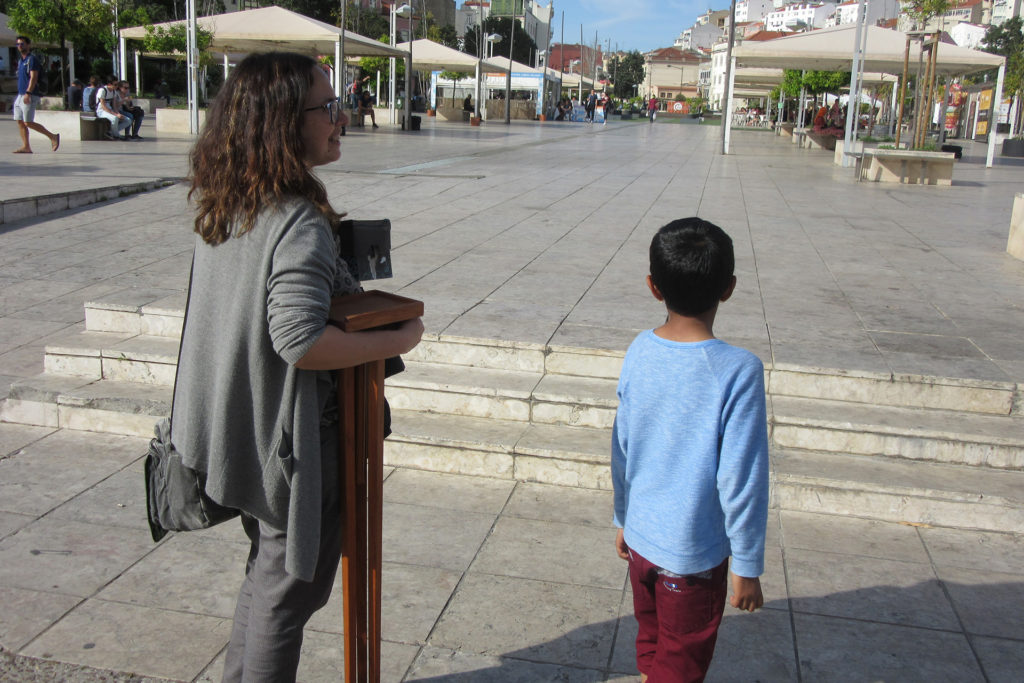
Audiovisual analysis
We witness the spatio-temporal evolution of public spaces, with new patterns of space appropriation, and the tangible and intangible heritage, using ‘in situ’ visual observation, interviews with residents, photographic, sound and audio-visual recording. For all the laboratories we also produce an audio-visual, sound and audio recording material that is analyzed and studied in the conclusive stage.
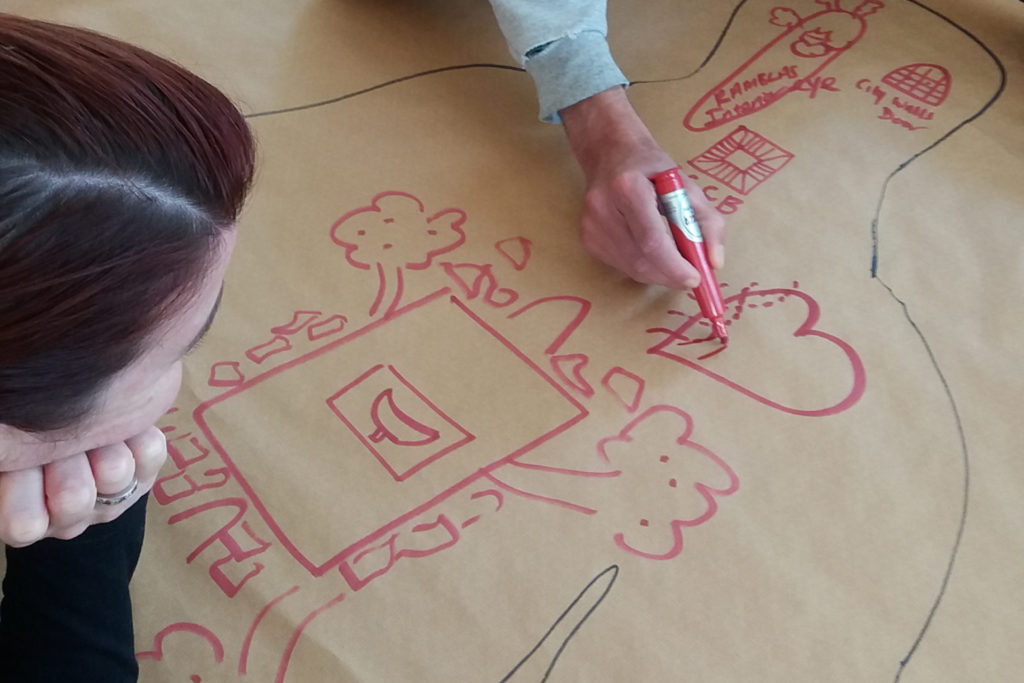
Mapping and cartography
Mapping allows us to articulate the tangible and intangible nature of space, using a creative and aesthetic syntax. These mappings show a space of representation that integrate the social, mental and environmental register of space. A thorough cartographic work also allows us to observe historical processes of physical urban transformation and past and present socio-cultural dynamics.
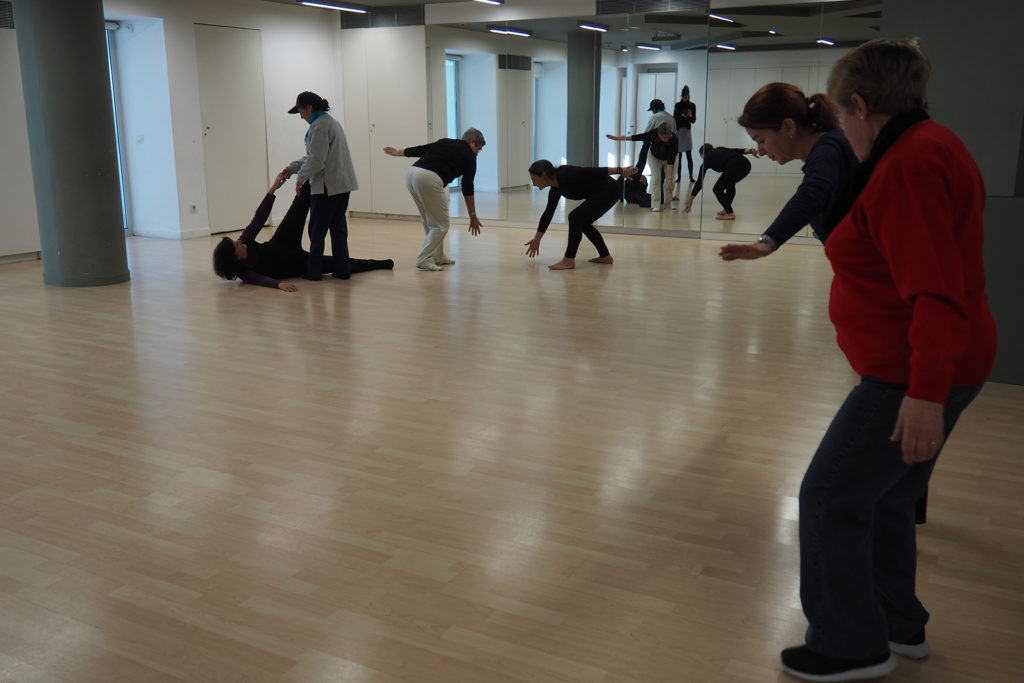
Community practices
Through a co-creative process of community construction we give shape to collective narratives and stories. With the mutual collaboration of local associations and residents, we produce an empirical body of research and we foster social cohesion, intergeracional and multicultural communication and exchange.
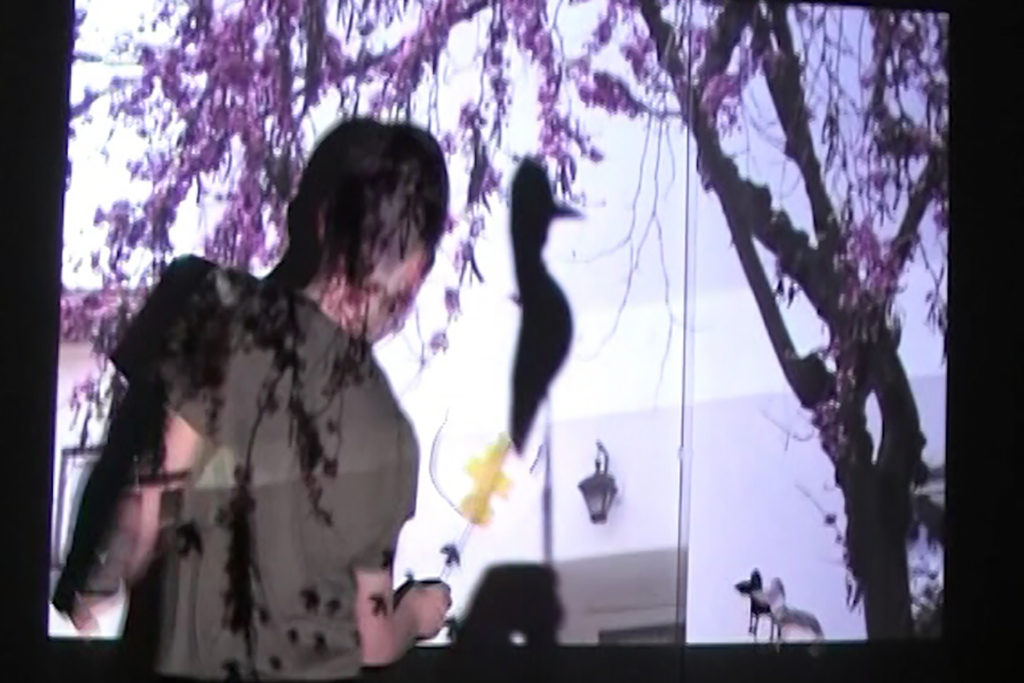
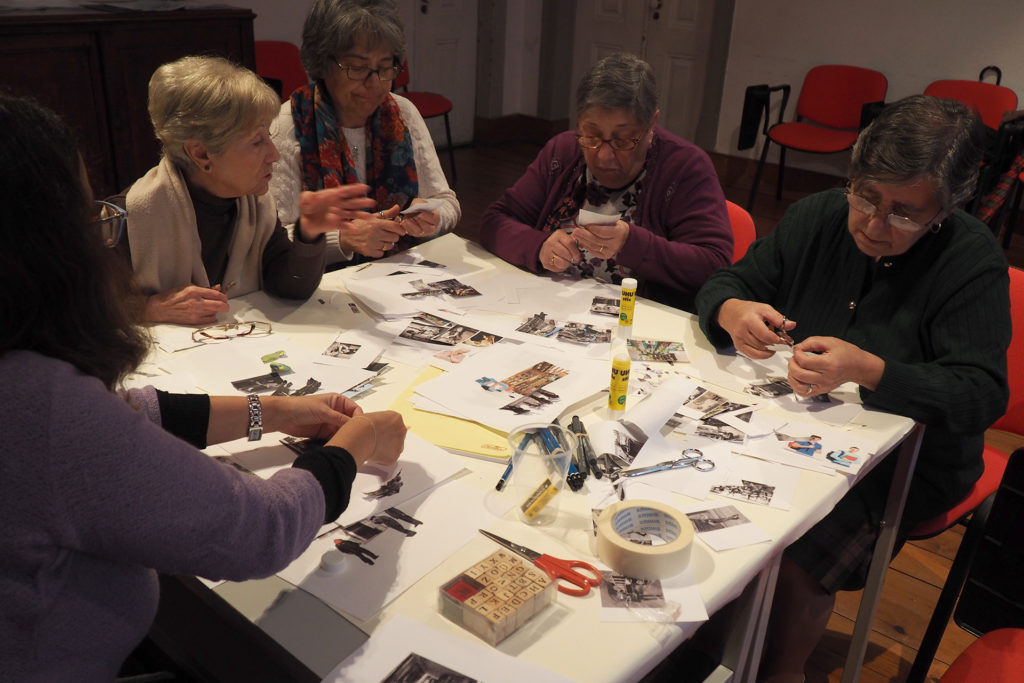
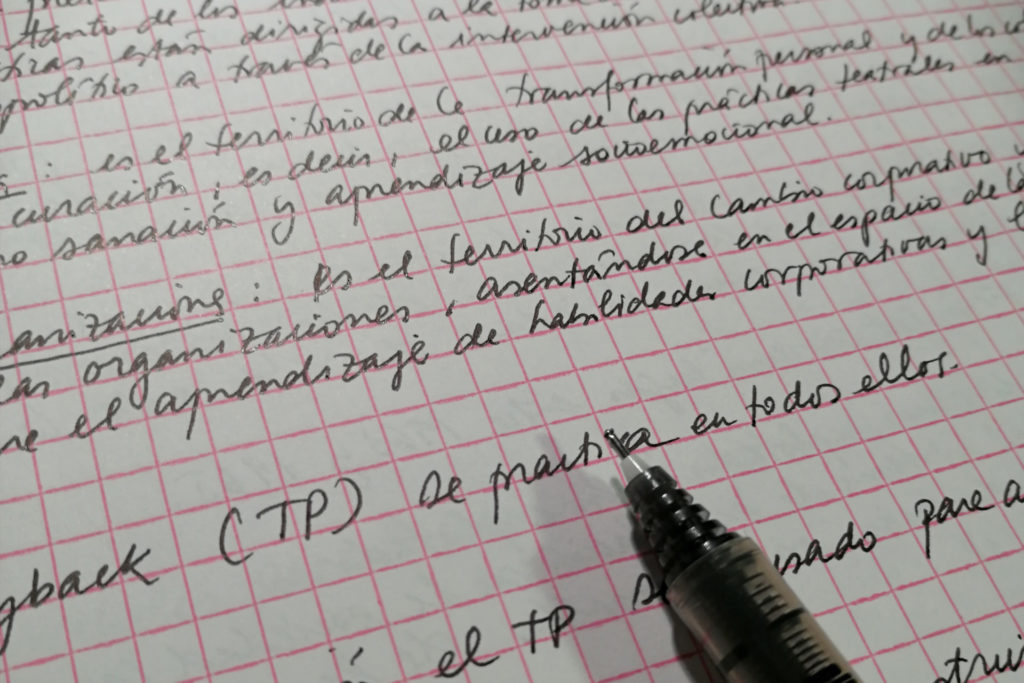
Interdisciplinary dialogue
Relational art and
creative landscapes
Theoretical development
In this research, we involve an interdisciplinary work with different modes of artistic expression (plastic arts, illustration, music, sound art, site dance, performance and physical theatre), therefore it is necessary the close collaboration of an interdisciplinary team of invited artists and researchers in artistic practices.
The urban landscape is an active and predicative social creation, shared and co-created inside the community. Within participatory art experiences and collaborative artistic practices, participants and artists become a team that shares their own unique experiences and competences. We do not anticipate results, and we are opened to the unexpected, giving priority to knowledge exchange, creativity and learning.
We develop a theoretical research related to the role the body plays in the mediation with the landscape. We enquire about the reciprocal predicative dialogue between the body and the environment. We look at the cosmos of the body, and the predication of the body in the landscape, and the somatization of the cosmos, and the predication of the world inside the body.
Framework
The contents presented at this website have been developed under the framework of a postdoctoral research developed by Ana M. Moya Pellitero, integrated researcher at the Centre of Art History and Artistic Research, (CHAIA), University of Évora, Portugal. This postdoctoral research titled The Multicultural Somatic Urban Landscape, Identities, Heritage and Cultural Tourism in the Immigrate Communities in the Historical Urban Centres of Lisbon and Barcelona (2016-2021) (SFRH/BPD/101156/2014), is financed by the Foundation of Science and Technology, FCT Portugal and the Social European Funds, through the Operational Regional Programme of Alentejo. It uses the methodology of participatory artistic-based research with two case studies in the historical neighbourhoods of Mouraria (Lisbon) and Raval (Barcelona). In total, five pedagogic-artistic participatory laboratories were coordinated and implemented, with one hundred residents’ participation. This research relied, for each case study, on the collaboration with multidisciplinary artists (music, plastic arts, dance and performance), socio-cultural associations, public institutions and local governments. It also involved studying the identity and intangible urban landscape heritage of both historical neighbourhoods. This heritage is built by the communities in constant evolution and continuous actualization of meanings. Further work has been developed on the theoretical study of the body in the mediation with the landscape, its performative nature, and the multisensorial perception of the urban environment, together with the role of artistic mapping and representation of embodied experiences.
More information about prior and future research curricula can be found at University of Évora, and at the platforms Academia, Research Gate, Ciênciavitae and ORCID.
